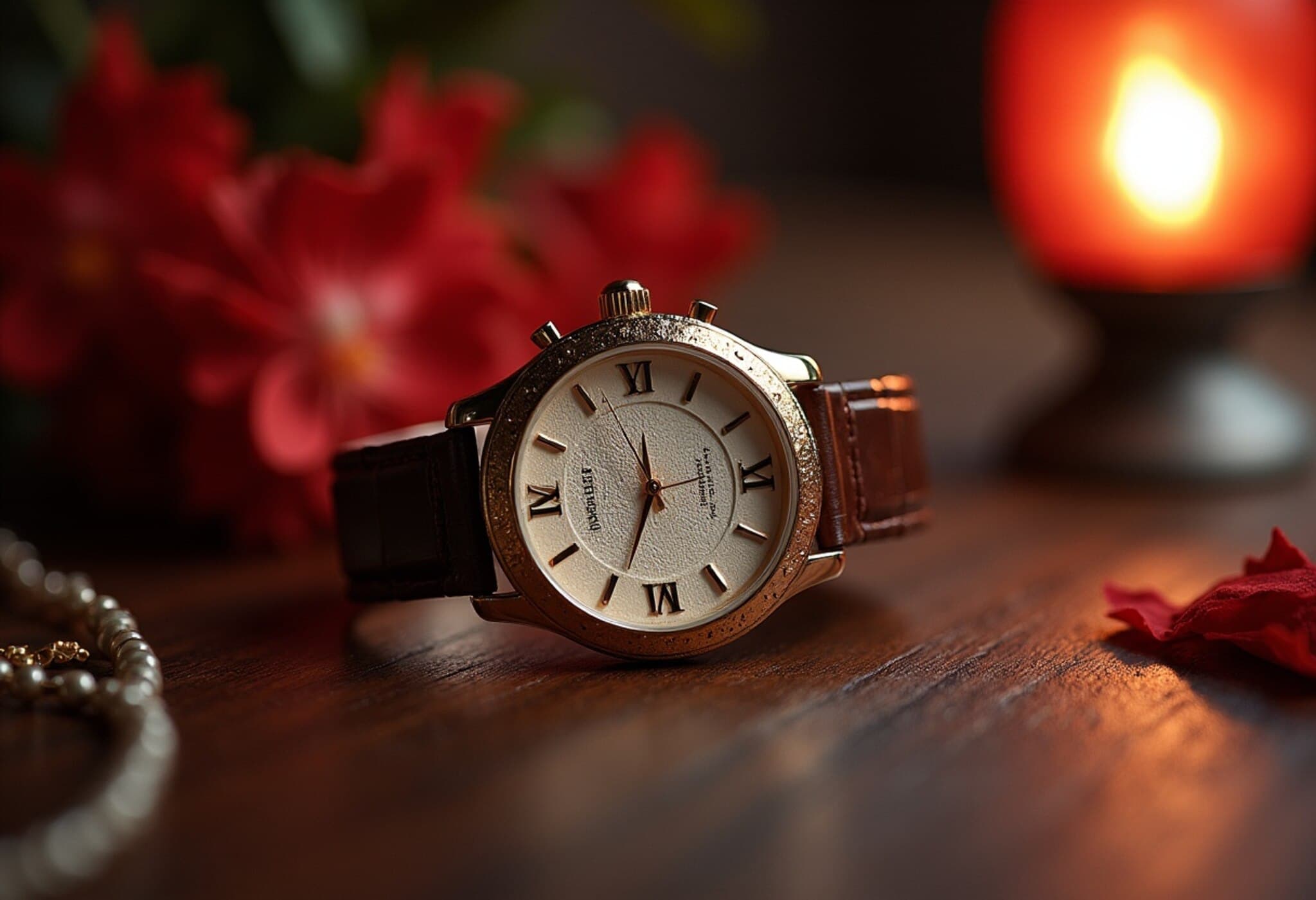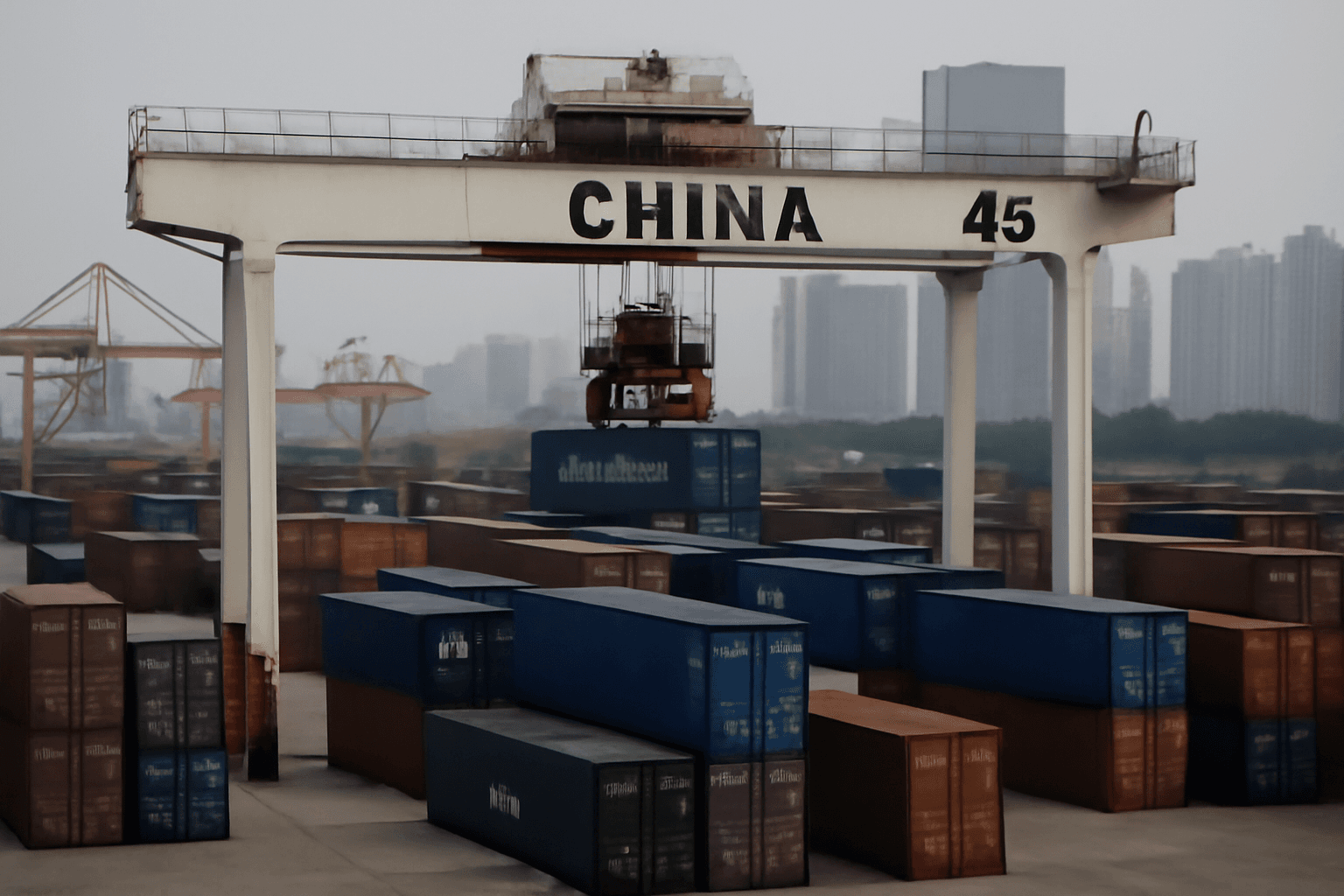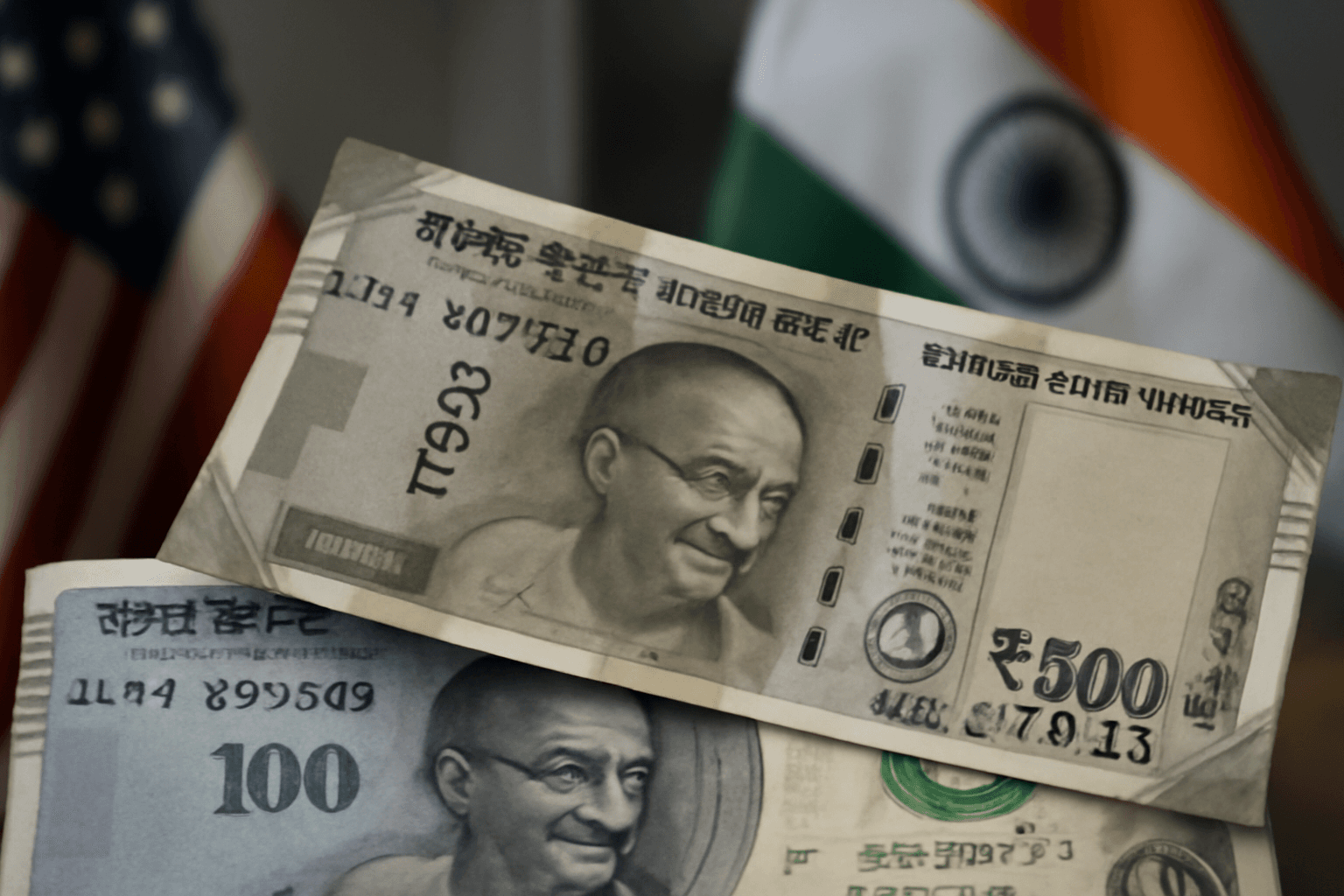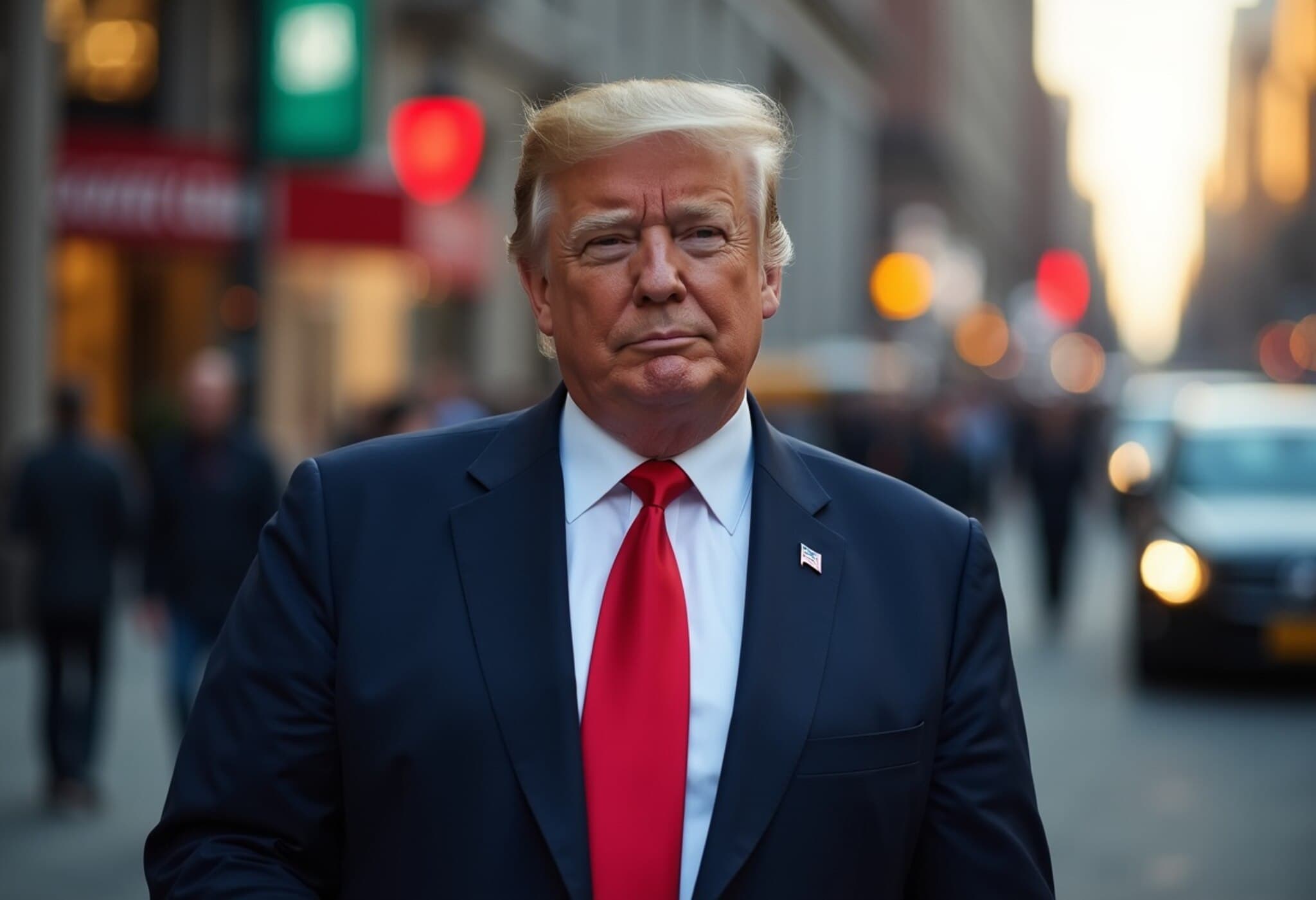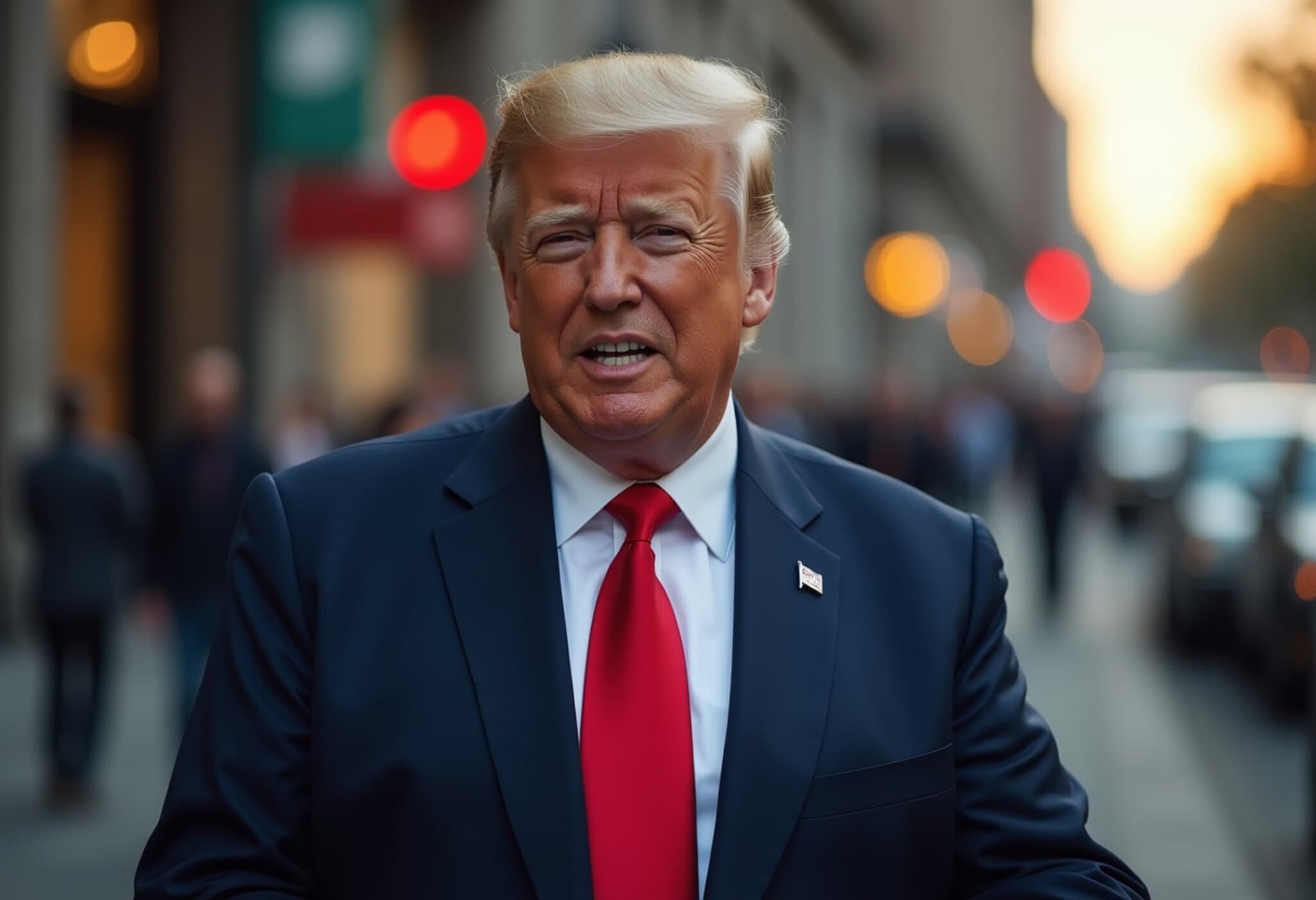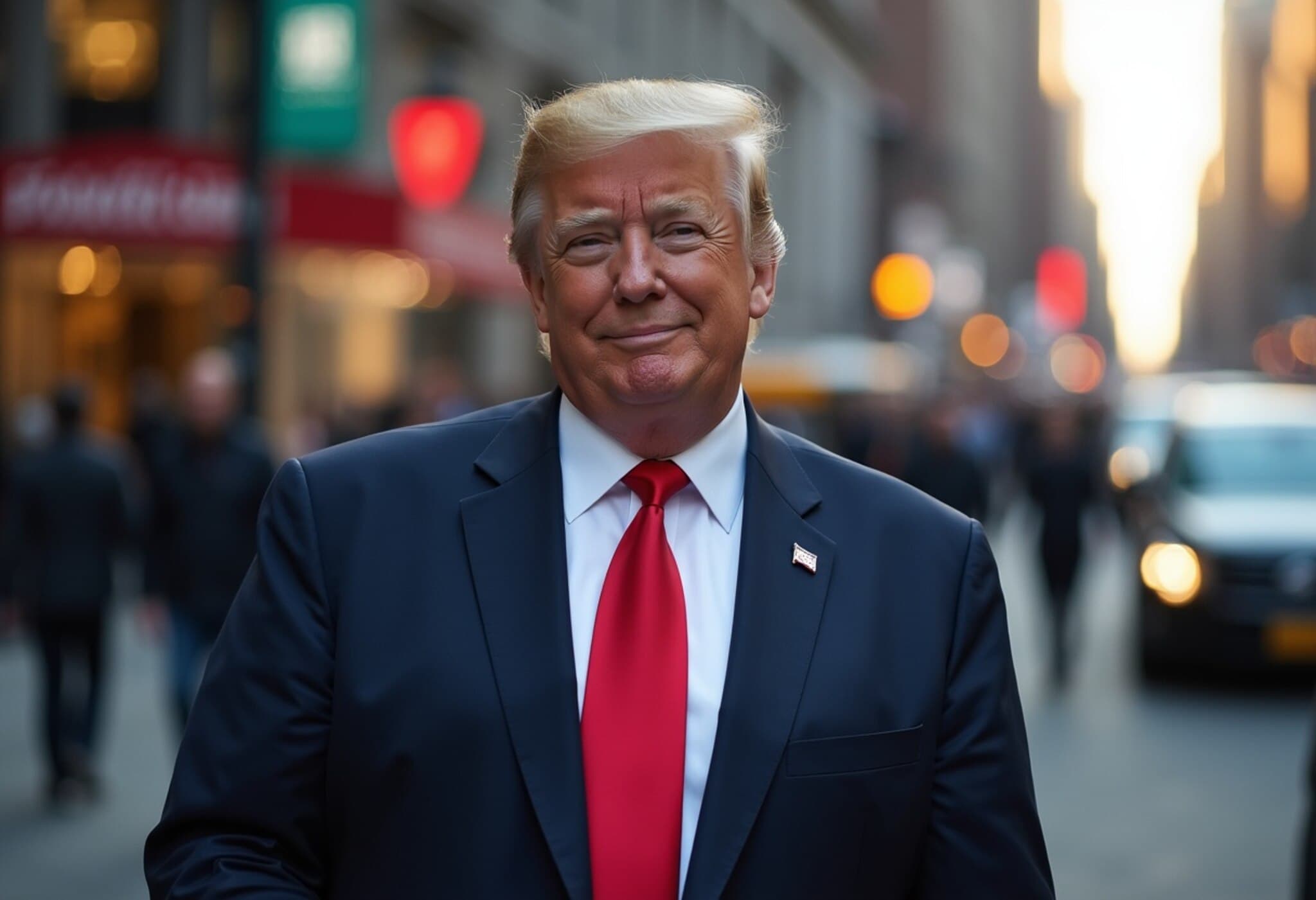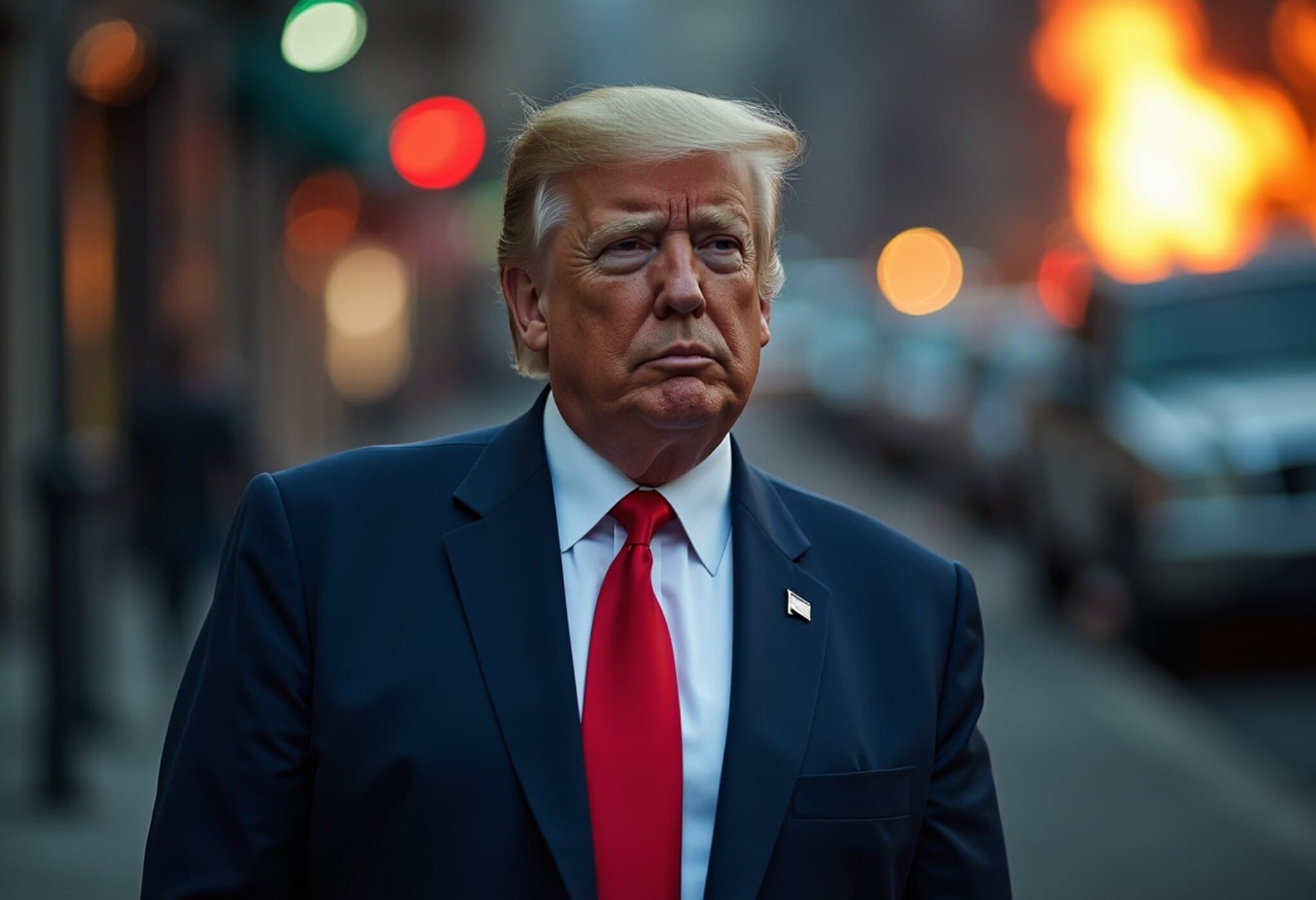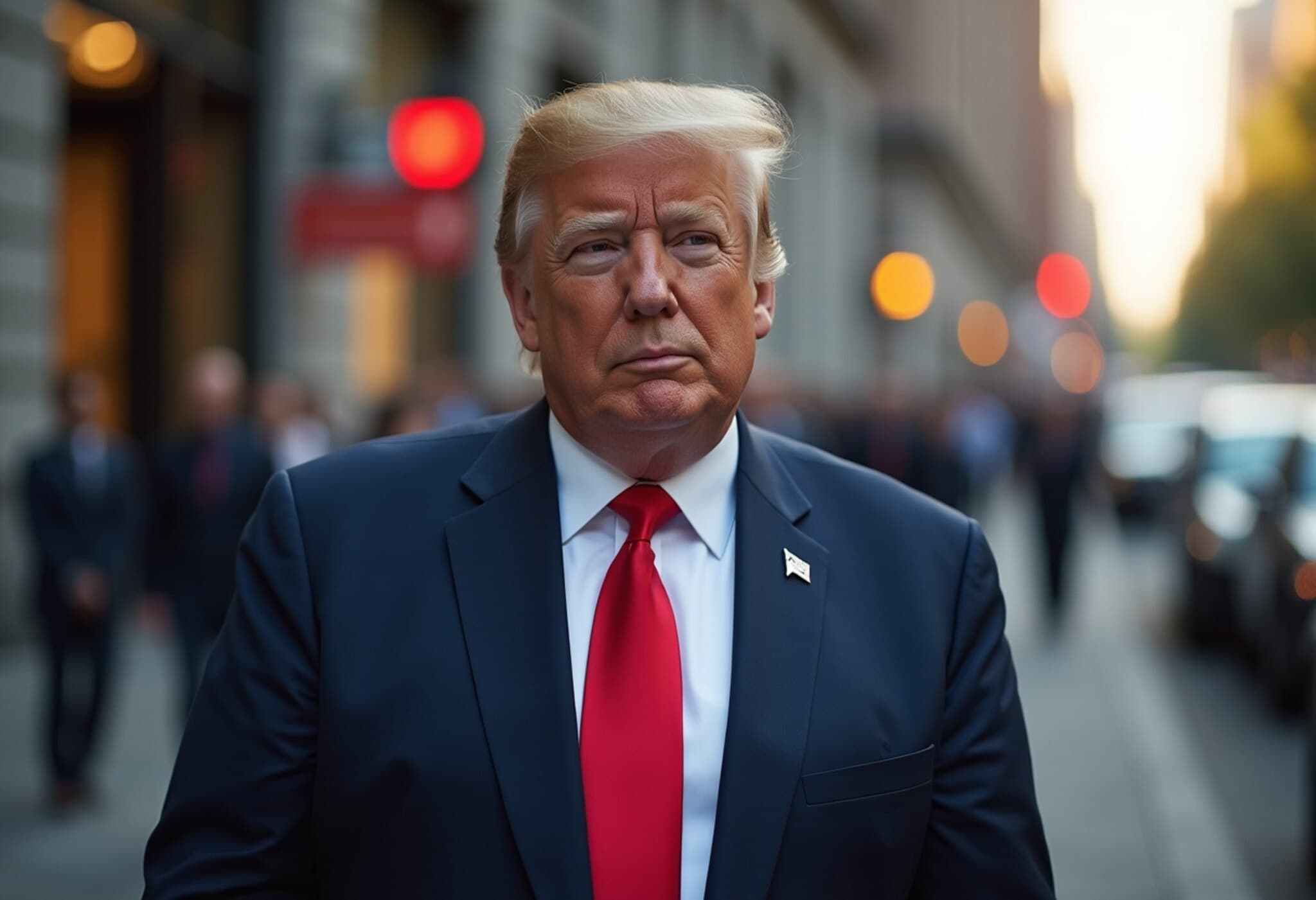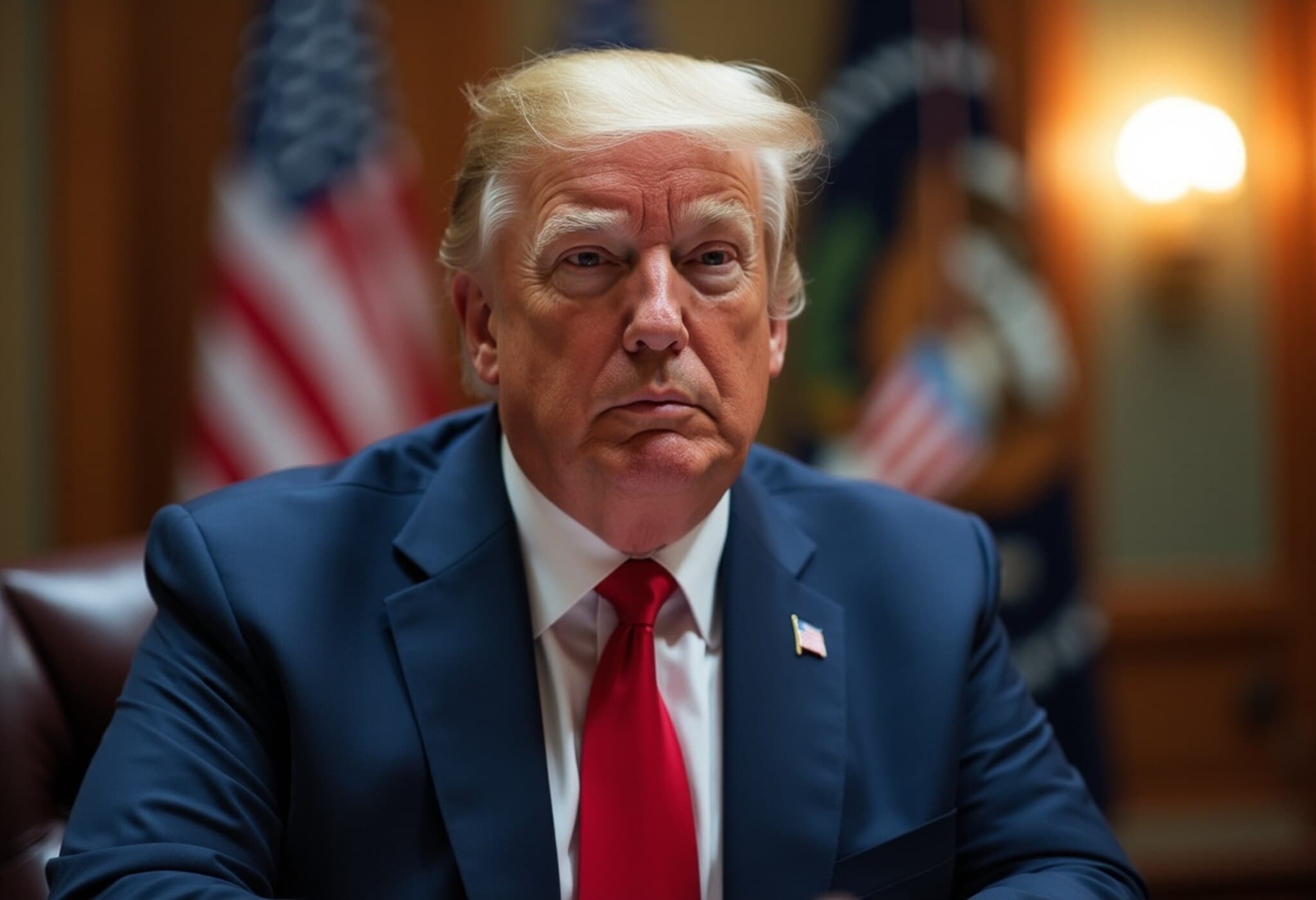U.S. Consumers Continue Jewelry Spending Amid Global Economic Uncertainties
In a surprising twist to the global luxury market, American consumers are proving resilient, maintaining robust demand for jewelry despite economic headwinds affecting Europe and Asia. Danish jewelry powerhouse Pandora has revealed that while sales falter across many international regions, the U.S. market remains a bright spot, accounting for roughly one-third of its global revenue.
Strong U.S. Appetite Contrasts with Europe and China
Speaking to CNBC’s Squawk Box Europe, Pandora CEO Alexander Lacik underscored this U.S. exception. “The U.S. continues to buck the trend,” he said, highlighting enduring American consumer enthusiasm for Pandora’s signature charm bracelets and silver collections. Meanwhile, Europe faces a mixed picture, with consumers under pressure from ongoing economic challenges.
China's luxury jewelry market remains particularly difficult, representing just 1% of Pandora’s revenue amid broader consumption slowdowns. The company reported a 15% sales decline in China in the second quarter, alongside high single-digit drops across key European markets.
Luxury Brand Richemont Observes Similar Trends
Mirroring Pandora’s pattern, Richemont, the Swiss conglomerate known for brands like Cartier, posted a remarkable 17% jump in American sales for the quarter ending June 30, despite sales softening in Asia-Pacific. This suggests a robust U.S. appetite across segments — from high-street wearables to ultra-luxury jewelry.
Industry Analytics Confirm U.S. Market Strength
Data from analytics firm Tenoris reinforces this narrative, indicating that U.S. jewelry sales rose 5% in the first half of 2025, contrasting with a flat performance in the previous year. Even July, typically a quieter month, registered a 3.5% sales increase.
William Woods, senior analyst at Bernstein, attributes Pandora’s U.S. success to effective brand positioning, while acknowledging Europe’s volatility. Yet, he urges caution: some retailers remain wary, closely monitoring tariff developments that could disrupt pricing and margins.
Tariff Pressures Cast Shadows Over Growth
Despite encouraging sales figures, tariff obstacles loom large. Pandora’s operations depend heavily on manufacturing in Thailand, where a 19% U.S. tariff currently strains profitability. Pandora recently warned investors of a projected $31 million tariff impact in 2025, expected to swell to $68 million in 2026.
The company’s shares plummeted over 14% following these announcements, reflecting investor concern. CEO Lacik revealed that Pandora is absorbing approximately two-thirds of these tariff costs through cost-cutting and strategic price adjustments—the remainder is expected to weigh on operating margins.
Moreover, external factors compound the challenges: silver prices—integral to Pandora’s craftsmanship—have surged to a 14-year peak, while gold continues its upward climb as a safe-haven asset in turbulent markets.
Lacik encapsulated the precarious balancing act: “The U.S. consumer may change in the future, who knows, with the impact of tariffs, not just in jewelry but in general. We have a weakening dollar, increasing silver prices, and then the cream on top is the tariffs in the U.S.”
Looking Ahead: Navigating Growth Amid Challenges
The continued U.S. appetite for jewelry amidst global skepticism offers valuable insight into consumer psychology and market segmentation. It hints at American consumers’ relative optimism and willingness to indulge amid shifting geopolitical and economic uncertainties.
At the same time, the looming tariff risks and rising input costs present companies with complex strategic decisions — balancing growth ambitions against margin pressures. For policymakers, this dynamic spotlights the real impact of trade policies on manufacturing and retail sectors, and ultimately, on consumer choice.
Editor’s Note
As the U.S. jewelry market thrives where others stumble, it raises critical questions about the sustainability of this demand in the face of escalating tariffs and material costs. Observing how brands like Pandora and Richemont adapt—through pricing, supply chains, and innovation—will reveal much about the resilience of American consumers and the broader luxury retail landscape. Will tariff uncertainties eventually temper this sparkling resilience, or will American shoppers continue to shine against the global slowdown?


